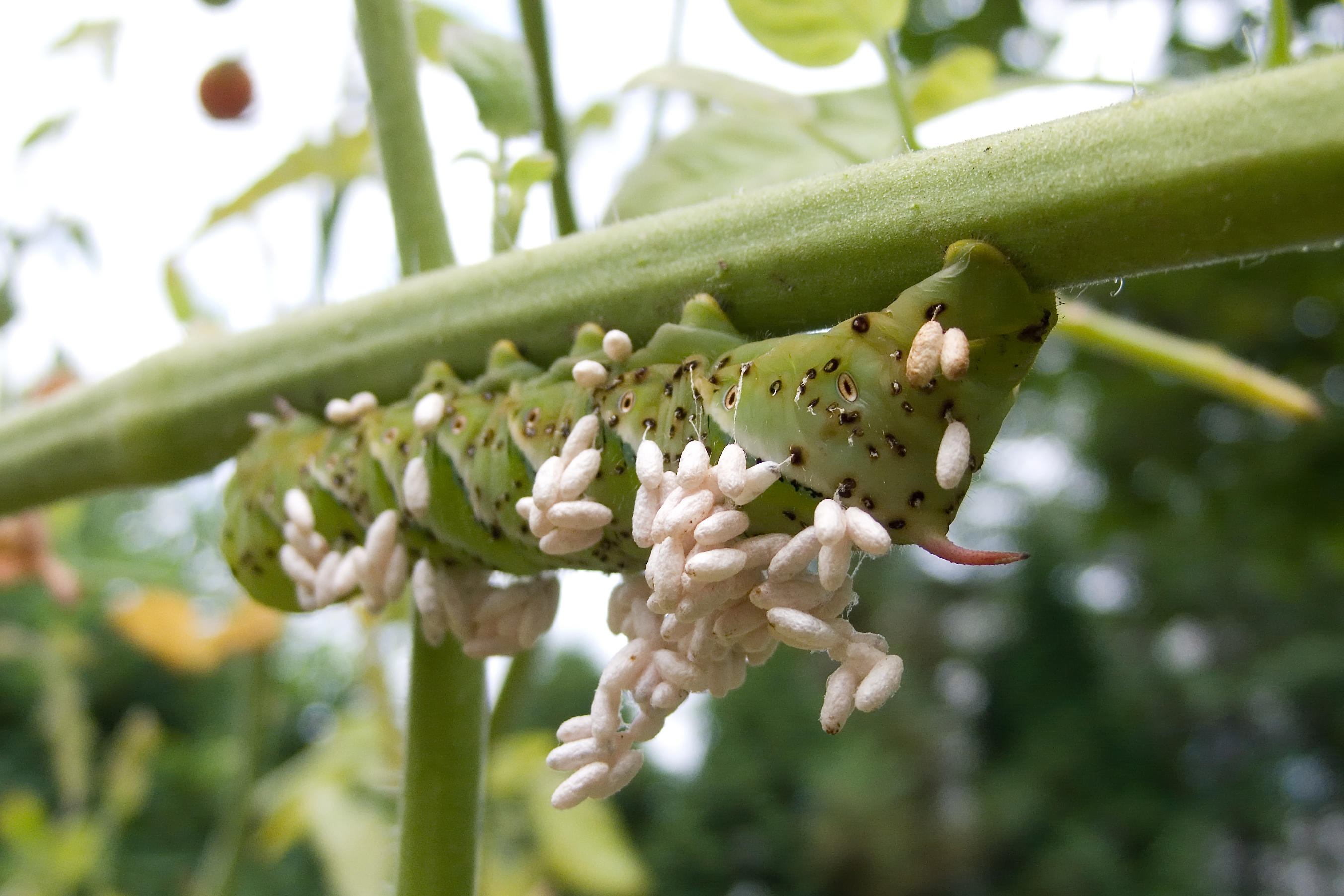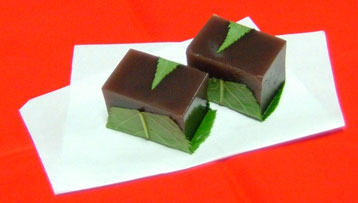|
Caloptilia Soyella
''Caloptilia soyella'' is a moth of the family Gracillariidae. It is known from Cape Verde, China, Fiji, India, Indonesia (Java), Japan (Kyūshū, Honshū, Shikoku), Sri Lanka and Vietnam. The wingspan is 9–10.2 mm. The larvae feed on '' Cajanus cajan'', '' Dolichos'' species, '' Glycine max'', '' Kummerovia striana'', ''Lespedeza cyrtobotrya'', '' Phaseolus calcaratus'', ''Phaseolus mungo'', ''Pueraria candollei'', '' Soya hispida'', ''Vigna angularis ''Vigna angularis'', also known as the adzuki bean , azuki bean, aduki bean, red bean, or red mung bean, is an annual vine widely cultivated throughout East Asia for its small (approximately long) bean. The cultivars most familiar in East Asia ...'', '' Vigna mungo'' and '' Vigna umbellata''. They mine the leaves of their host plant. References soyella Moths of Cape Verde Moths of Asia Moths of Fiji Moths of Indonesia Moths of Japan Moths of Sri Lanka Moths described in 1904 Moths of Africa ... [...More Info...] [...Related Items...] OR: [Wikipedia] [Google] [Baidu] |
Moth
Moths are a paraphyletic group of insects that includes all members of the order Lepidoptera that are not butterflies, with moths making up the vast majority of the order. There are thought to be approximately 160,000 species of moth, many of which have yet to be described. Most species of moth are nocturnal, but there are also crepuscular and diurnal species. Differences between butterflies and moths While the butterflies form a monophyletic group, the moths, comprising the rest of the Lepidoptera, do not. Many attempts have been made to group the superfamilies of the Lepidoptera into natural groups, most of which fail because one of the two groups is not monophyletic: Microlepidoptera and Macrolepidoptera, Heterocera and Rhopalocera, Jugatae and Frenatae, Monotrysia and Ditrysia.Scoble, MJ 1995. The Lepidoptera: Form, function and diversity. Oxford, UK: Oxford University Press; 404 p. Although the rules for distinguishing moths from butterflies are not well est ... [...More Info...] [...Related Items...] OR: [Wikipedia] [Google] [Baidu] |
Phaseolus Calcaratus
''Vigna umbellata'', previously ''Phaseolus calcaratus'', is a warm-season annual vine legume with yellow flowers and small edible beans. It is commonly called ricebean or rice bean. To date, it is little known, little researched and little exploited. It is regarded as a minor food and fodder crop and is often grown as intercrop or mixed crop with maize (''Zea mays''), sorghum (''Sorghum bicolor'') or cowpea (''V. unguiculata''), as well as a sole crop in the uplands, on a very limited area. Like the other Asiatic '' Vigna'' species, ricebean is a fairly short-lived warm-season annual. Grown mainly as a dried pulse, it is also important as a fodder, a green manure and a vegetable. Ricebean is most widely grown as an intercrop, particularly of maize, throughout Indo-China and extending into southern China, India, Nepal and Bangladesh. In the past it was widely grown as lowland crop on residual soil water after the harvest of long-season rice, but it has been displaced t ... [...More Info...] [...Related Items...] OR: [Wikipedia] [Google] [Baidu] |
Moths Of Japan
Moths are a paraphyletic group of insects that includes all members of the order Lepidoptera that are not butterflies, with moths making up the vast majority of the order. There are thought to be approximately 160,000 species of moth, many of which have yet to be described. Most species of moth are nocturnal, but there are also crepuscular and diurnal species. Differences between butterflies and moths While the butterflies form a monophyletic group, the moths, comprising the rest of the Lepidoptera, do not. Many attempts have been made to group the superfamilies of the Lepidoptera into natural groups, most of which fail because one of the two groups is not monophyletic: Microlepidoptera and Macrolepidoptera, Heterocera and Rhopalocera, Jugatae and Frenatae, Monotrysia and Ditrysia.Scoble, MJ 1995. The Lepidoptera: Form, function and diversity. Oxford, UK: Oxford University Press; 404 p. Although the rules for distinguishing moths from butterflies are not well esta ... [...More Info...] [...Related Items...] OR: [Wikipedia] [Google] [Baidu] |
Moths Of Indonesia
Moths are a paraphyletic group of insects that includes all members of the order Lepidoptera that are not butterflies, with moths making up the vast majority of the order. There are thought to be approximately 160,000 species of moth, many of which have yet to be described. Most species of moth are nocturnal, but there are also crepuscular and diurnal species. Differences between butterflies and moths While the butterflies form a monophyletic group, the moths, comprising the rest of the Lepidoptera, do not. Many attempts have been made to group the superfamilies of the Lepidoptera into natural groups, most of which fail because one of the two groups is not monophyletic: Microlepidoptera and Macrolepidoptera, Heterocera and Rhopalocera, Jugatae and Frenatae, Monotrysia and Ditrysia.Scoble, MJ 1995. The Lepidoptera: Form, function and diversity. Oxford, UK: Oxford University Press; 404 p. Although the rules for distinguishing moths from butterflies are not well est ... [...More Info...] [...Related Items...] OR: [Wikipedia] [Google] [Baidu] |
Moths Of Cape Verde
Moths are a paraphyletic group of insects that includes all members of the order Lepidoptera that are not butterflies, with moths making up the vast majority of the order. There are thought to be approximately 160,000 species of moth, many of which have yet to be described. Most species of moth are nocturnal, but there are also crepuscular and diurnal species. Differences between butterflies and moths While the butterflies form a monophyletic group, the moths, comprising the rest of the Lepidoptera, do not. Many attempts have been made to group the superfamilies of the Lepidoptera into natural groups, most of which fail because one of the two groups is not monophyletic: Microlepidoptera and Macrolepidoptera, Heterocera and Rhopalocera, Jugatae and Frenatae, Monotrysia and Ditrysia.Scoble, MJ 1995. The Lepidoptera: Form, function and diversity. Oxford, UK: Oxford University Press; 404 p. Although the rules for distinguishing moths from butterflies are not well establi ... [...More Info...] [...Related Items...] OR: [Wikipedia] [Google] [Baidu] |
Caloptilia
''Caloptilia'' is a genus of moths in the family Gracillariidae. Species *''Caloptilia acericola'' Kumata, 1966 *''Caloptilia acericolella'' Kuznetzov, 1981 *''Caloptilia aceriella'' (Chambers, 1881) *''Caloptilia acerifoliella'' (Chambers, 1875) *''Caloptilia aceris'' Kumata, 1966 *''Caloptilia acerivorella'' (Kuznetzov, 1956) *''Caloptilia acinata'' Yuan & Robinson, 1993 *'' Caloptilia acrotherma'' (Meyrick, 1908) *''Caloptilia adelosema'' (Turner, 1940) *'' Caloptilia aeneocapitella'' (Walsingham, 1891) *''Caloptilia aeolastis'' (Meyrick, 1920) *''Caloptilia aeolocentra'' (Meyrick, 1922) *''Caloptilia aeolospila'' (Meyrick, 1938) *''Caloptilia agrifoliella'' Opler, 1971 *''Caloptilia albospersa'' (Turner, 1894) *'' Caloptilia alchimiella'' (Scopoli, 1763) *''Caloptilia alni'' Kumata, 1966 *''Caloptilia alnicolella'' (Chambers, 1875) *''Caloptilia alnivorella'' (Chambers, 1875) *''Caloptilia alpherakiella'' (Krulikovsky, 1909) *''Caloptilia amphidelta'' (Meyrick, 1918) *''Calop ... [...More Info...] [...Related Items...] OR: [Wikipedia] [Google] [Baidu] |
Leaf Miner
A leaf miner is any one of numerous species of insects in which the larval stage lives in, and eats, the leaf tissue of plants. The vast majority of leaf-mining insects are moths ( Lepidoptera), sawflies (Symphyta, the mother clade of wasps), and flies ( Diptera). Some beetles also exhibit this behavior. Like woodboring beetles, leaf miners are protected from many predators and plant defenses by feeding within the tissues of the leaves, selectively eating only the layers that have the least amount of cellulose. When attacking ''Quercus robur'' (English oak), they also selectively feed on tissues containing lower levels of tannin, a deterrent chemical produced in great abundance by the tree. The pattern of the feeding tunnel and the layer of the leaf being mined is often diagnostic of the insect responsible, sometimes even to species level. The mine often contains frass, or droppings, and the pattern of frass deposition, mine shape, and host plant identity are useful to de ... [...More Info...] [...Related Items...] OR: [Wikipedia] [Google] [Baidu] |
Vigna Umbellata
''Vigna umbellata'', previously ''Phaseolus calcaratus'', is a warm-season annual plant, annual vine legume with yellow flowers and small edible beans. It is commonly called ricebean or rice bean. To date, it is little known, little researched and little exploited. It is regarded as a minor food and fodder crop and is often grown as intercrop or mixed crop with maize (''Zea mays''), sorghum (''Sorghum bicolor'') or cowpea (''V. unguiculata''), as well as a sole crop in the uplands, on a very limited area. Like the other Asiatic ''Vigna'' species, ricebean is a fairly short-lived warm-season annual. Grown mainly as a dried Pulse (legume), pulse, it is also important as a fodder, a green manure and a vegetable. Ricebean is most widely grown as an intercrop, particularly of maize, throughout Indo-China and extending into southern China, India, Nepal and Bangladesh. In the past it was widely grown as lowland crop on residual soil water after the harvest of long-season rice, but it has ... [...More Info...] [...Related Items...] OR: [Wikipedia] [Google] [Baidu] |
Vigna Mungo
''Vigna mungo'', also known as black gram, urad bean, urid bean, mash kalai, uzhunnu parippu, ulundu paruppu, minapa pappu, uddu, or black matpe, is a bean grown in South Asia. Like its relative, the mung bean, it has been reclassified from the ''Phaseolus'' to the '' Vigna'' genus. The product sold as black lentil is usually the whole urad bean, whereas the split bean (the interior being white) is called white lentil. It should not be confused with the much smaller true black lentil (''Lens culinaris''). Black gram originated in South Asia, where it has been in cultivation from ancient times and is one of the most highly prized pulses of India. It is very widely used in Indian cuisine. In India the black gram is one of the important pulses grown in both Kharif and Rabi seasons. This crop is extensively grown in southern part of India, northern part of Bangladesh and Nepal. In Bangladesh and Nepal it is known as mash daal. It is a popular ''daal'' (legume) side dish in S ... [...More Info...] [...Related Items...] OR: [Wikipedia] [Google] [Baidu] |
Vigna Angularis
''Vigna angularis'', also known as the adzuki bean , azuki bean, aduki bean, red bean, or red mung bean, is an annual vine widely cultivated throughout East Asia for its small (approximately long) bean. The cultivars most familiar in East Asia have a uniform red color, but there are also white, black, gray, and variously mottled varieties. Scientists presume ''Vigna angularis'' var. ''nipponensis'' is the progenitor. Origin and diversity Speciation and domestication The wild ancestor of cultivated adzuki bean is probably ''Vigna angularis'' var. ''nipponensis'', which is distributed across Japan, Korea, China, Nepal and Bhutan. Speciation between ''Vigna angularis'' var. ''nipponensis'' and ''Vigna angularis'' var. ''angularis'' occurred around years ago. Archaeologists estimate it was domesticated around 3000 BC. However, adzuki beans (as well as soybeans) dating from 3000 BC to 2000 BC are indicated to still be largely within the wild size range. Enlarged seeds occurre ... [...More Info...] [...Related Items...] OR: [Wikipedia] [Google] [Baidu] |






